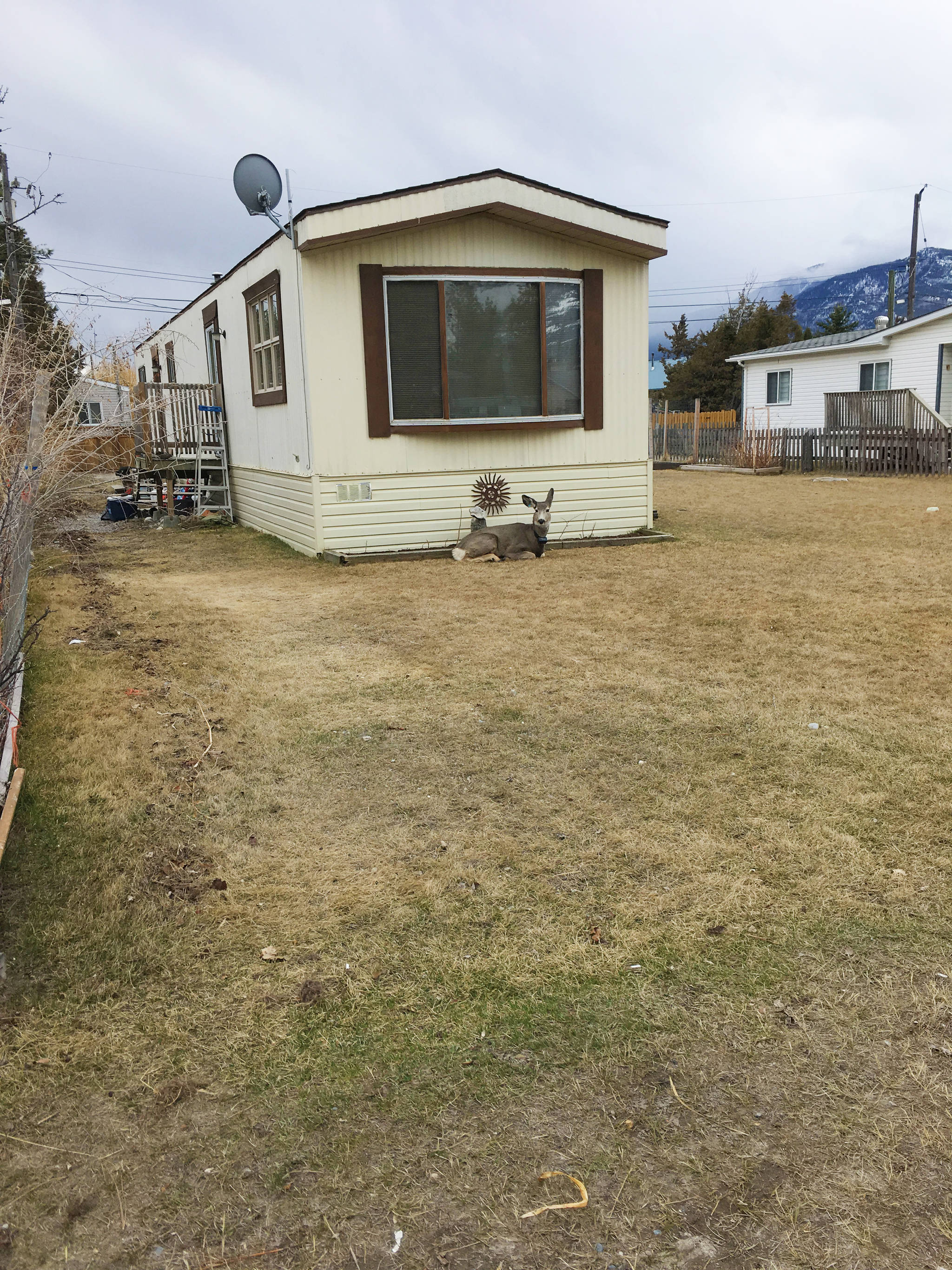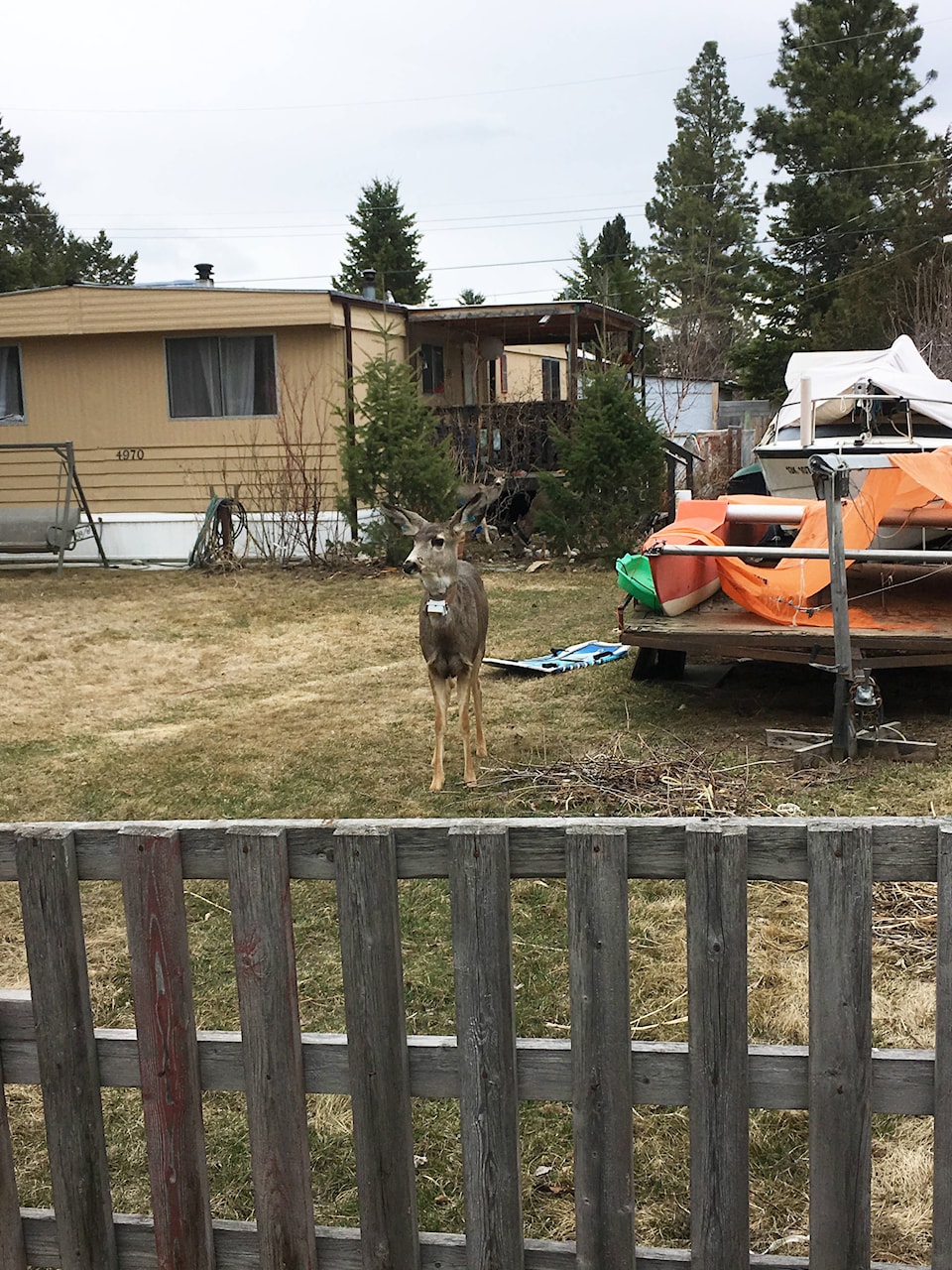Kimberley City Council has approved a cull of mule deer that have migrated to Canal Flats since their translocation out of Kimberley in March of this year.
Councillor Darryl Oakley, who sits on the Kimberley Urban Deer Committee, says that the cull is part of an agreement with the Ministry of Forests, Lands, Natural Resource Operations and Rural Development (FLNRORD).
“The cull is part of the contract that the City has with FLNRORD,” explained Oakley. “The deer that ended up in Canal Flats have been monitored closely by biologists for some time now. Some stayed for two weeks [and left], some two months, and some much longer.”
Mayor Don McCormick agreed, saying that the cull is an unfortunate outcome of the translocation, which would not have been possible in the first place if the City didn’t agree to these stipulations.
The City budgeted an additional $5000 in 2017 to apply for another Wildlife Act Permit to conduct the cull of the translocated deer. In total, two collared does (and their offspring) from Kimberley have been reported migrating to Canal Flats.
The Wildlife Act Permit states, “if information is received that describe an identified translocated deer in a community, that animal (and its offspring if applicable) must be received from the receiving community. The deer will not be relocated a second time but will be humanely destroyed and safely disposed of…”
READ MORE: Translocation of mule deer in Kimberley
Oakley adds that FLNRORD will decide how to proceed in terms of whether they will cull just the adult, collared mule deer, or their offspring as well.
Overall, Oakley says, 50 per cent of the translocated deer stayed in remote areas, while the other 50 per cent migrated one way or another.
“The biologists have tried, but it’s difficult to tell which ones will stay [translocated] and which ones will move, it’s [basically] impossible,” said Oakley. “In some cases, these deer are moving huge distances at a fast rate. The trick now is to find an area with geographic barriers.”

